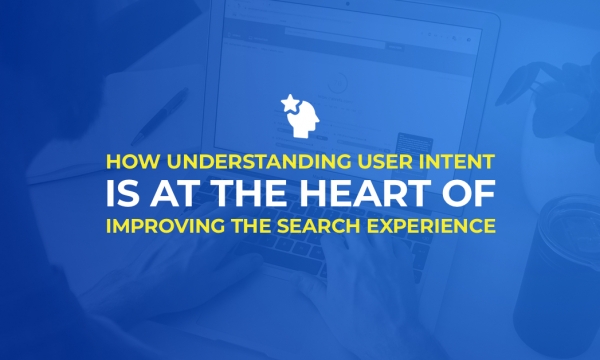Ad blocking is coming to Google Chrome, and when the browser that has around 60% of the online market gets ad blocking as standard, it’s going to cause concern amongst advertisers and publishers. But what is going on, and what is the potential impact?
What’s changing?
Google has teamed up with the Coalition for Better Ads to take on what they consider to be ‘annoying’ online ads. The search engine argues that these are bad for users, is prompting users to install third party ad blocking software, and that they are undermining its intentions to improve the online experience.
So the new version of Chrome will include software to block those ads that are considered to be annoying or intrusive. These include auto-play video ads, interstitial ads that force users to wait before accessing the content they want, or ads that take over an entire screen, to name just three examples.
In introducing the update, Google wants to force publishers to up their game, to discourage third party ad blockers, and to promote more engaging ad creative.
Why is Google doing this?
Google’s position is about improving the overall user experience of the web, and this move is effectively about forcing publishers to rethink their approach to ad spots is a way in which they can improve the experience of online users. By clamping down on bad ads, Google believes that it can improve page speed, remove user irritations and make content more accessible.
And by including measures to reasonably block ads, this decision may reduce the growth in the use of third party ad blocking software and plugins, which many users have turned to in recent years. One annual report in 2017 suggested that 615 million devices now use ad blocking software, representing a 30% increase on the previous year.
These plugins are often much more ‘blanket’ than what Google is proposing, and therefore have a bigger impact on advertisers and publishers. By offering its own version by default in Chrome, Google feels that it can minimise the excessively irritating ads that prompt people to turn to plugins like AdBlockPlus.
Is this the end of biddable and display advertising?
In simple terms, no. It’s worth remembering that Google has more than one finger in the digital advertising pie, and so it isn’t in its interests to make advertising less attractive. This development is about quality, rather than quality.
The search engine is somewhat embattled at present from brands and users losing trust in many digital advertising models, and this is yet another step on the road to cleaning up this advertising channel, rather than ending it.
How will I know if I’m affected?
Google has introduced a new tool within Webmaster Tools known as the ‘Ad Experience Report’.
The tool highlights any ads that may potentially be affected by the change, and grades them on a scale of ‘Pass’, ‘Warning’ or ‘Fail’, and provides advice on how to correct the issue.
My website uses an ad block wall – will we be punished in the algorithm?
Many publishers in particular have adopted so-called ‘ad block walls’ in response to the growth of ad blocking, where the content is blocked and a message asking users to turn off their ad blocking software is displayed. They argue that their content and business model relies on ad revenue, and that ad blocking puts their existence in jeopardy.
But the news that Google is itself going to be ad blocking through its browser raises concerns over the visibility of sites which use such walls in search results.
There is no suggestion at present that Google’s algorithm will particularly target those websites that have ad block walls in place, but it is worth remembering that the basic principles of Google’s search algorithm such as page speed, user experience and the quality and accessibility of content, still apply. If your website is likely to be caught up by this ad blocker, it’s worth considering whether you are really meeting those core principles.


